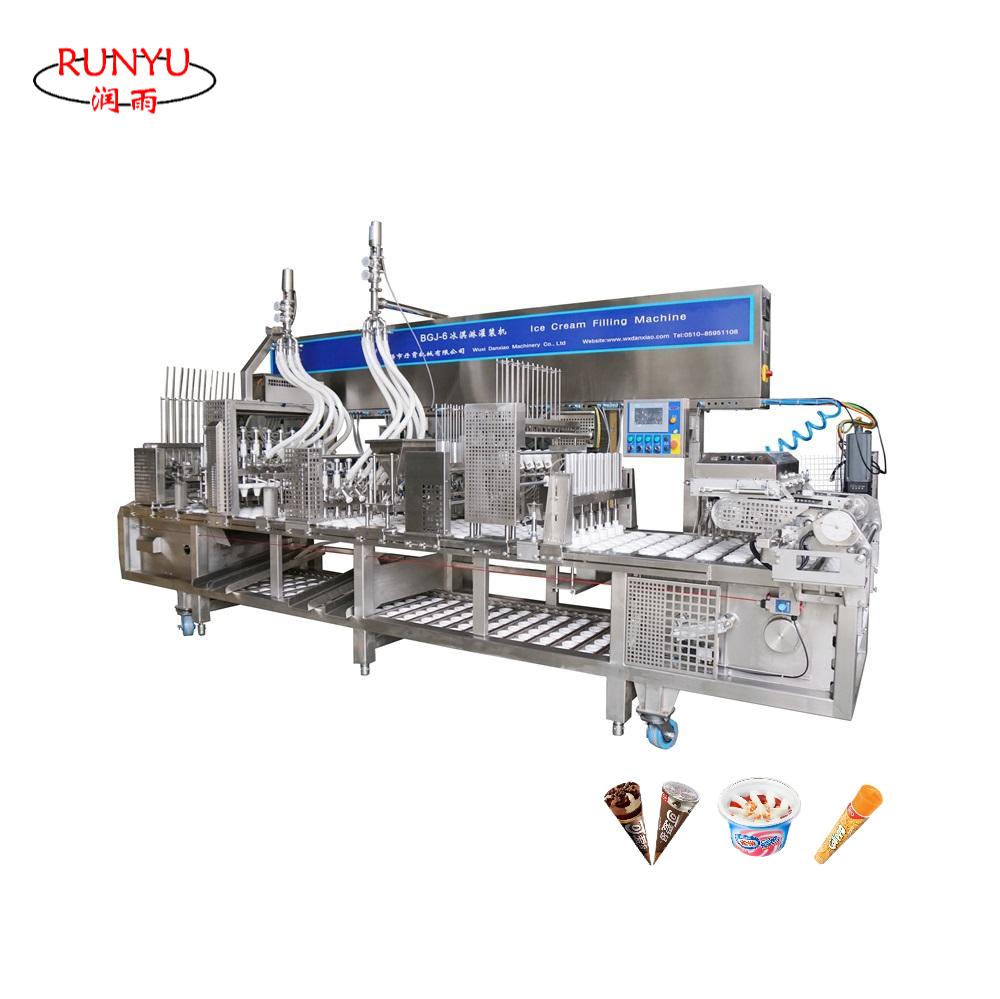In the ever-evolving landscape of supply chain management, warehouses play a pivotal role in ensuring the smooth flow of goods from manufacturers to consumers. However, the operational costs associated with running a warehouse can quickly escalate, impacting overall profitability. To maintain a competitive edge, businesses must adopt innovative strategies to reduce costs without compromising efficiency or service quality. This article delves into advanced techniques and best practices for cost reduction in warehouse operations.
- Optimize Warehouse Layout and Design
A well-organized warehouse layout is crucial for minimizing operational costs. By analyzing the flow of goods, businesses can design a layout that reduces travel time and enhances picking efficiency. Implementing a systematic approach to slotting—where frequently picked items are stored closer to packing and shipping areas—can significantly decrease the time employees spend retrieving products.
Key Actions:
- Conduct a thorough analysis of product movement patterns.
- Utilize tools like heat maps to visualize high-traffic areas.
- Regularly reassess and adjust the layout based on changing inventory levels and sales trends.
- Implement Advanced Inventory Management Systems
Inventory management is at the heart of warehouse operations. Utilizing advanced inventory management systems (IMS) can lead to substantial cost savings. These systems provide real-time data on stock levels, enabling businesses to make informed decisions about reordering and stock rotation.
Key Actions:
- Invest in a robust IMS that integrates with other supply chain software.
- Utilize forecasting tools to predict demand and optimize stock levels.
- Implement just-in-time (JIT) inventory practices to reduce holding costs.
- Leverage Automation and Technology
The integration of automation and technology in warehouse operations can drastically reduce labor costs and improve accuracy. Automated systems such as conveyor belts, robotic pickers, and automated guided vehicles (AGVs) can streamline processes and minimize human error.
Key Actions:
- Assess the feasibility of automation based on warehouse size and product type.
- Start with pilot projects to evaluate the effectiveness of automated solutions.
- Train staff to work alongside automated systems to maximize productivity.
- Enhance Labor Efficiency
Labor costs are often one of the largest expenses in warehouse operations. Enhancing labor efficiency through training and performance monitoring can lead to significant cost reductions. Implementing a culture of continuous improvement encourages employees to identify inefficiencies and suggest solutions.
Key Actions:
- Provide regular training sessions on best practices and new technologies.
- Utilize performance metrics to identify high and low performers.
- Foster an environment where employees feel empowered to contribute ideas for improvement.
- Optimize Transportation and Logistics
Transportation costs can significantly impact overall warehouse expenses. By optimizing logistics, businesses can reduce costs associated with shipping and receiving goods. This includes negotiating better rates with carriers, consolidating shipments, and optimizing delivery routes.
Key Actions:
- Analyze transportation costs and identify areas for negotiation with carriers.
- Implement route optimization software to reduce fuel consumption and delivery times.
- Consider cross-docking strategies to minimize storage time and costs.
- Embrace Sustainable Practices
Sustainability is not only a moral imperative but also a cost-saving strategy. Implementing energy-efficient practices and reducing waste can lead to lower operational costs. For instance, investing in energy-efficient lighting and HVAC systems can significantly reduce utility bills.
Key Actions:
- Conduct an energy audit to identify areas for improvement.
- Implement recycling programs to minimize waste and reduce disposal costs.
- Explore renewable energy options, such as solar panels, to offset energy expenses.
- Regularly Review and Adjust Operational Processes
The warehouse environment is dynamic, and regular reviews of operational processes are essential for identifying inefficiencies and areas for cost reduction. Establishing a routine for process audits can help businesses stay agile and responsive to changing market conditions.
Key Actions:
- Schedule regular audits of warehouse operations to identify bottlenecks.
- Solicit feedback from employees on process improvements.
- Stay informed about industry trends and innovations that could enhance efficiency.
Conclusion
Reducing costs in a warehouse requires a multifaceted approach that combines strategic planning, technology integration, and continuous improvement. By optimizing layout, leveraging technology, enhancing labor efficiency, and embracing sustainability, businesses can significantly lower operational costs while maintaining high service levels. As the industry continues to evolve, those who adapt and innovate will not only survive but thrive in the competitive landscape of warehousing and logistics.

